
Average Cost of Heart Attack Treatment in New York’s Top Hospitals
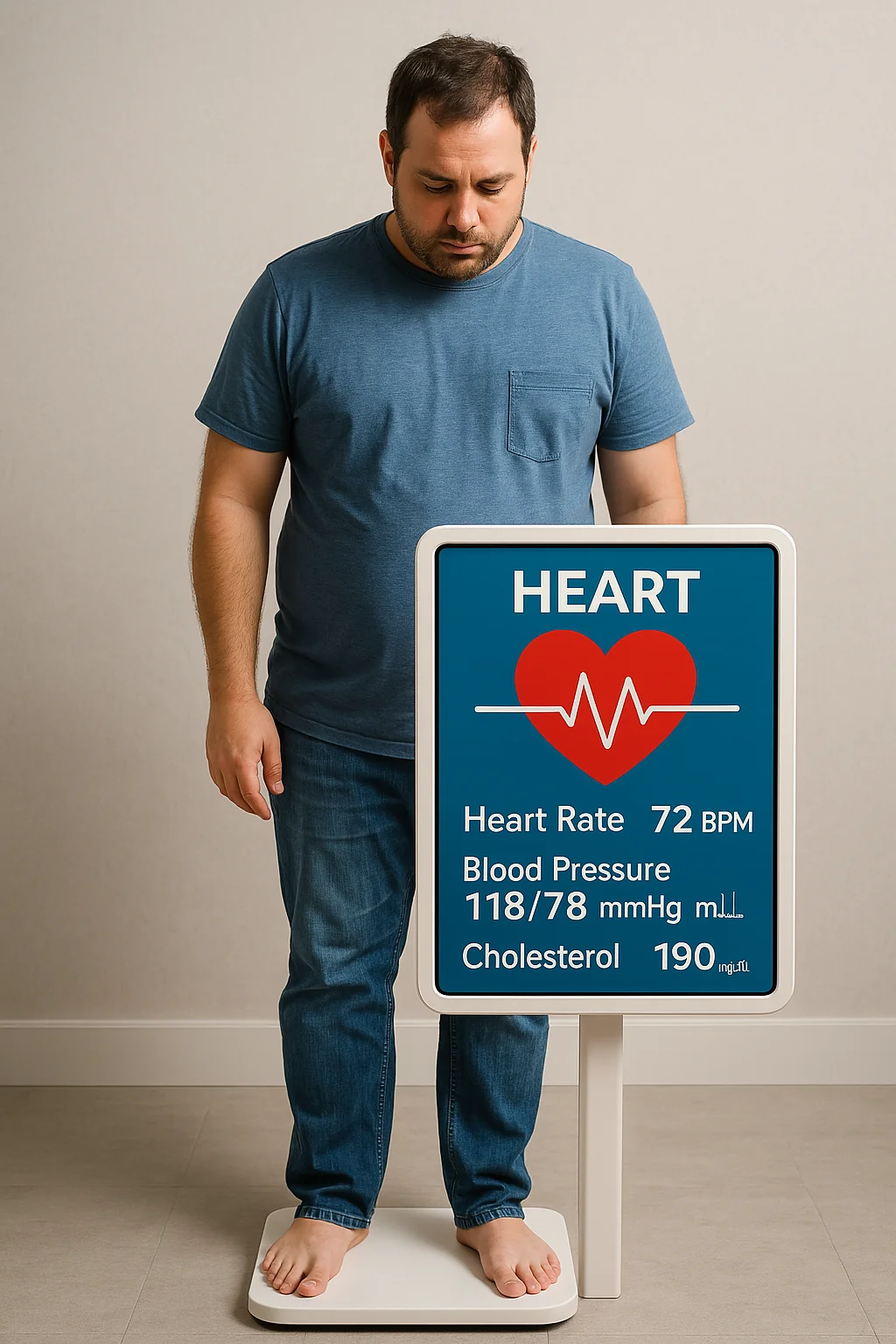
Heart attacks don’t wait for permission. They don’t check your insurance. They arrive unannounced, bringing a storm of urgency, emotion, and financial strain when they do. Heart attack treatment is necessary.
In New York, one of the most expensive healthcare markets in the U.S., the cost of surviving a heart attack can be staggering.
Yet understanding the costs involved, especially at top hospitals, is more critical now than ever. Rising medical inflation, insurance complexity, and unpredictable out-of-pocket expenses have made heart attack care a critical financial conversation.
Let’s break down what patients and families should expect, in numbers, impact, and real terms.
Why the Costs Vary So Much
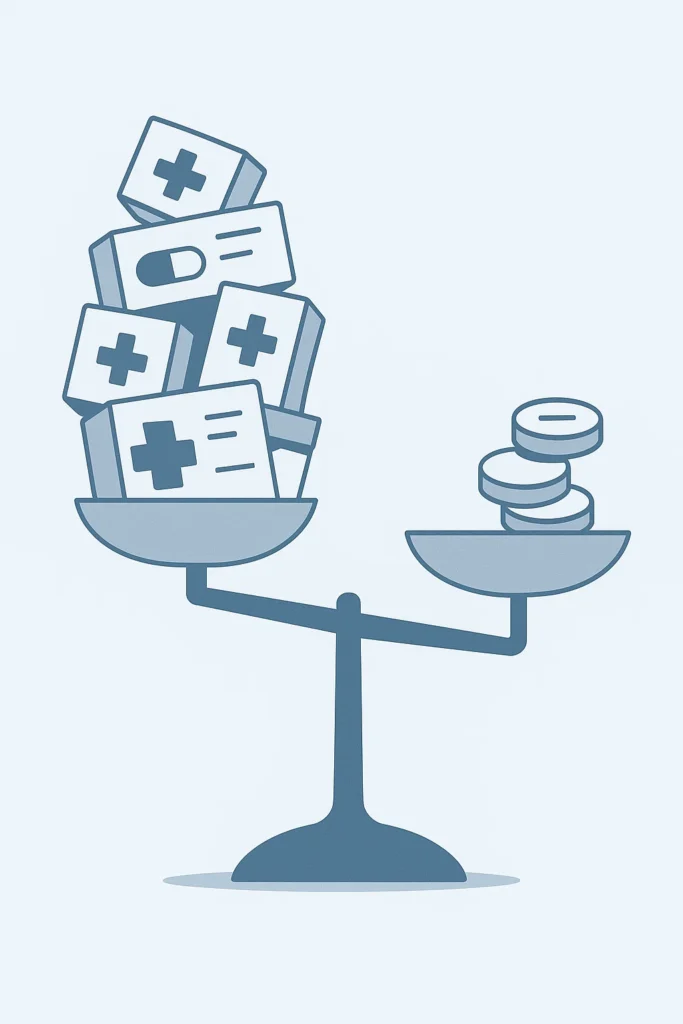
Before we get into numbers, let’s clarify the why.
Treatment costs don’t just reflect medical services. They’re shaped by:
- The type of heart attack (STEMI vs NSTEMI)
- Whether invasive procedures like angioplasty or bypass surgery are performed
- The hospital’s pricing structure
- Length of stay in the ICU or cardiac unit
- Use of advanced technology or specialist care
- Insurance coverage, deductibles, and network alignment
A single difference in care can raise the final bill by thousands—or even tens of thousands—of dollars.
Average Cost Breakdown
Let’s start with the big picture: the average cost of heart attack treatment in New York’s top hospitals.
Estimated Averages in New York City (Top-Tier Hospitals)
- Emergency Room Visit & Initial Diagnosis:
$1,200 – $3,500
This covers evaluation, ECG, blood work, and early stabilization. - Hospital Admission (3–5 days):
$15,000 – $30,000
Charges increase with ICU-level care. - Cardiac Catheterization and Angioplasty (if needed):
$25,000 – $50,000
Includes stent placement, cath lab use, and specialists. - CABG (Coronary Artery Bypass Graft Surgery):
$80,000 – $160,000
Reserved for more severe cases with multiple blockages. - Cardiac Rehabilitation (post-discharge):
$2,000 – $8,000
Covers physical therapy, monitored exercise, and lifestyle coaching. - Total Average for Acute Heart Attack Treatment:
$35,000 – $250,000+
Yes, the range is wide. However, so does the variation in patient needs, responses, and outcomes.
What Insurance Covers, And What It Doesn’t

Most insured patients assume they’re protected. But in reality, out-of-pocket expenses can still reach five figures depending on:
- Annual deductible
- Co-insurance rate (often 10% to 30%)
- Whether the hospital is in-network
- Limits on covered procedures or specialists
- Surprise billing (from out-of-network providers involved in care)
A patient could pay between $5,000 and $25,000, even with good insurance.
The Role of Public vs Private Hospitals
In New York, both public and private hospitals treat heart attacks. But pricing varies significantly.
Private Hospitals (Top-Tier Facilities)
- Often offer quicker access to advanced procedures
- Higher prices for rooms, surgical equipment, and post-op care
- Reputation and prestige increase baseline costs
Public Hospitals
- Lower average costs
- Often more flexible for uninsured or underinsured patients
- May have longer wait times for non-emergency interventions
Choosing a hospital affects both survival chances and financial outcomes.
Outpatient vs Inpatient Costs
Not all heart-related emergencies require multi-day stays. Some patients, after stabilization, may be treated on an outpatient basis.
Outpatient Costs
- Diagnostic imaging (echo, stress test): $500 – $3,000
- Cardiologist consultation: $300 – $600 per visit
- Medications (monthly): $100 – $1,000
In comparison, inpatient care always incurs higher costs, driven by facility charges, overnight monitoring, and bundled services.
Factors That Spike Costs Unexpectedly
Some charges sneak in without warning. These hidden costs often take families by surprise.
- Ambulance Ride: $800 – $2,500 (depending on provider and services used)
- Out-of-Network Specialists: Can increase the bill by 20–40%
- Repeat Procedures: Necessary if initial interventions don’t fully succeed
- Post-Acute Complications: Can lead to readmission and doubled costs
- Medication Complications or Allergies: Require alternate drugs or additional monitoring
These add-ons often escape early estimates and inflate the final bill.
Navigating the U.S. Healthcare System When Seconds Count
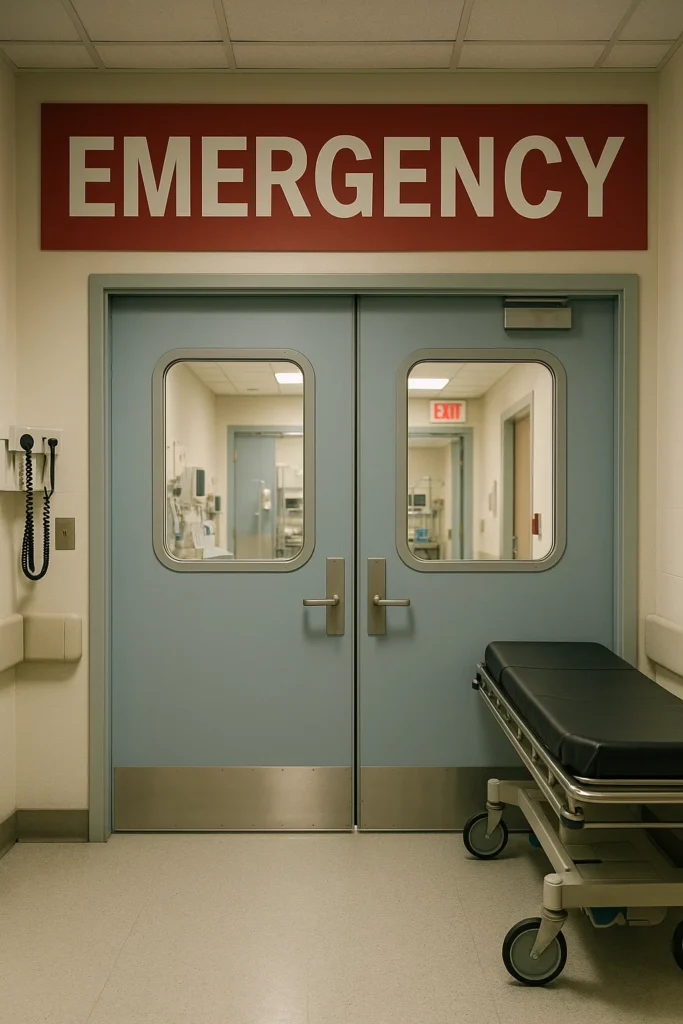
Financial planning isn’t at the top of my mind in moments of crisis. But in hindsight, families often say the shock of the bill was harder than the emergency itself.
So, what can patients and caregivers do?
Before an Emergency
- Know your insurance network, check where your closest in-network hospitals are.
- Understand your deductible and how close you are to reaching it.
- Create a medical emergency plan, just like a fire escape plan.
- Ask your cardiologist about preferred hospitals or specialists in advance.
After an Emergency
- Request an itemised bill to check for duplicate charges.
- Negotiate bills, many hospitals offer discounts for prompt payment or financial hardship.
- Explore financial aid programs, especially if uninsured or underinsured.
- Consult a medical billing advocate, these professionals help dispute overcharges.
Preparation won’t eliminate the cost, but it can protect you from being blindsided.
The Emotional Cost Behind the Dollar Sign
Let’s not pretend this is all just numbers.
The trauma of a heart attack leaves a mark, not only on the body but also on the family’s emotional and financial well-being.
Parents skip work. Children put off college. Retirees rework their finances. Credit cards max out. And every mail delivery becomes a source of anxiety.
Healthcare in New York is advanced, efficient, and expensive. But it’s also deeply personal.
Reform, Transparency, and Hope

There’s a growing push in the U.S. toward healthcare cost transparency. The federal government now requires hospitals to publish procedure pricing, but it’s often buried, hard to compare, or wrapped in coded language.
Still, there’s hope.
- More employers offer high-deductible plans with Health Savings Accounts (HSAs).
- Telehealth services are reducing the cost of follow-up care.
- Hospital billing reform movements are gaining traction.
But for now, New Yorkers must balance life-saving speed with financial clarity.
Cost of Survival, Value of Life
Ultimately, the cost of heart attack treatment in New York isn’t just a line on a bill.
It reflects a complex, layered healthcare system that delivers extraordinary care at a remarkable price.
Yes, treatment can cost upwards of $200,000.
But survival? Peace of mind? A second chance?
Those things, as always, are priceless.
So ask questions. Plan. Stay informed.
Because while we can’t predict a heart attack, we can prepare for what comes after.
And sometimes, that preparation makes all the difference.


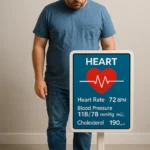
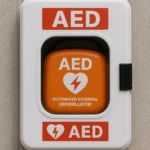
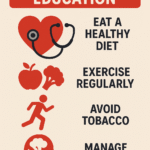







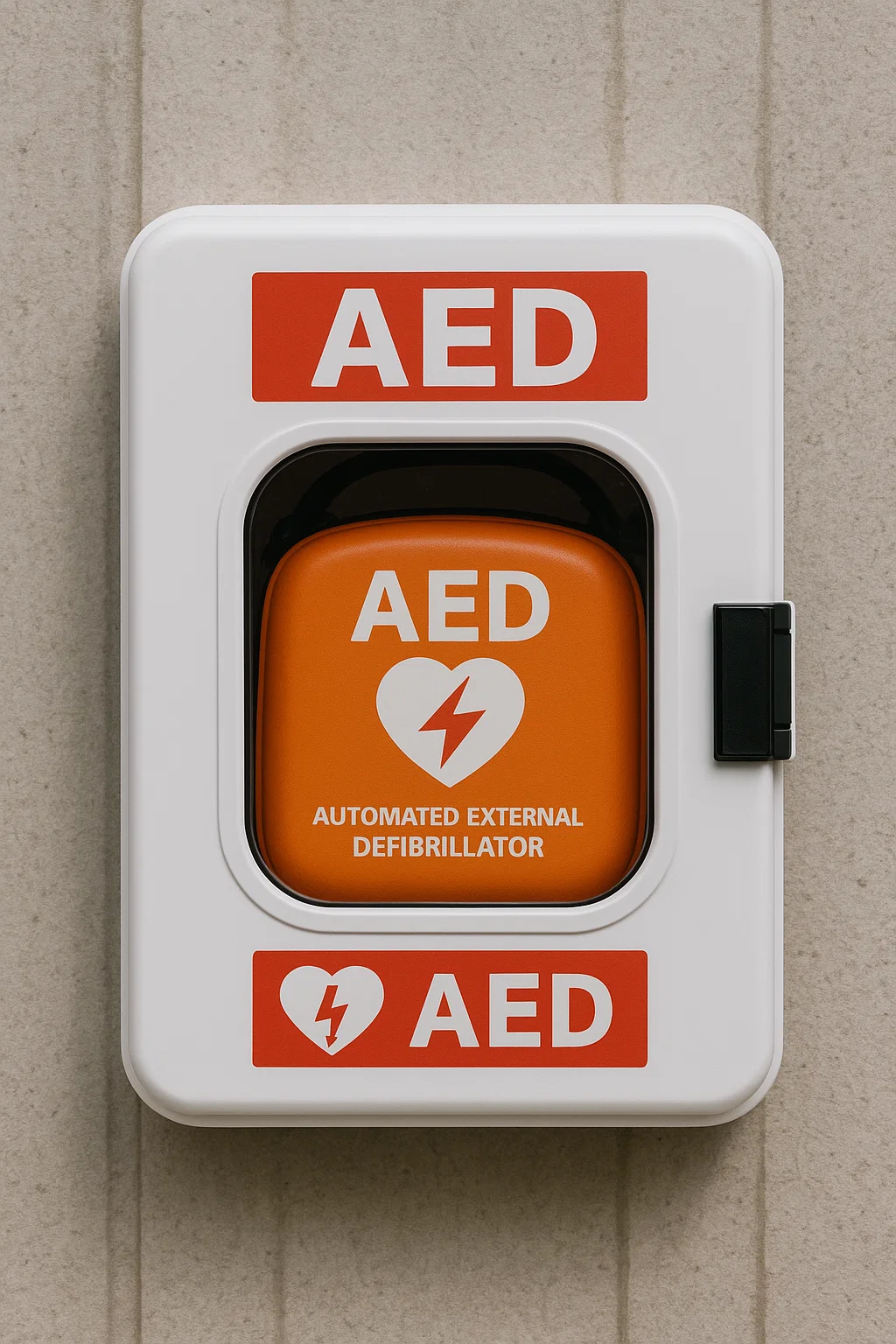

Post Comment